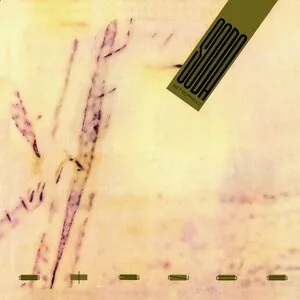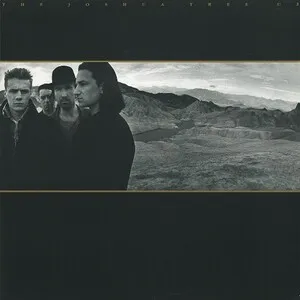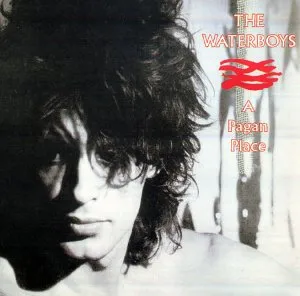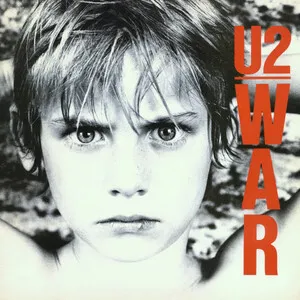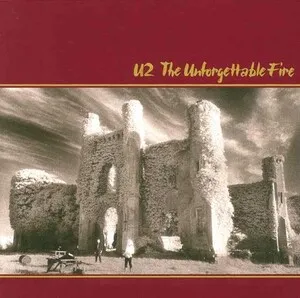
Big music is an anthemic strain of 1980s alternative/rock that blends the driving pulse of post‑punk and new wave with widescreen arrangements and spiritual, windswept lyricism.
It is characterized by ringing, delay‑drenched guitars, bold, sing‑along choruses, and powerful, gated-reverb drums that aim for stadium scale. Many bands folded Celtic and folk textures—violins, pipes‑like guitar tones, and modal harmonies—into a modern rock framework, creating a sense of grandeur and open skies.
The result is music that feels expansive and elevating: emotionally earnest, idealistic, and designed to fill big rooms while retaining the urgency of alternative music.
Big music coalesced in the early 1980s in the United Kingdom and Ireland as post‑punk bands sought a more expansive, uplifting sound. Drawing on the rhythmic insistence of post‑punk/new wave and the grandeur of arena rock, artists such as The Waterboys coined the idea of “The Big Music” to describe a panoramic, spiritually charged approach. Scottish, Irish, and Welsh acts often incorporated Celtic folk elements, giving the style its windswept character.
Between 1983 and 1987, the style reached a wider audience. U2, Simple Minds, Big Country, and The Alarm delivered soaring, chorus‑driven songs built on delay‑laden guitars, booming drums, and earnest vocals. The Waterboys’ mid‑80s albums epitomized the blend of folk instrumentation with modern rock power, while bands like The Icicle Works and Echo & the Bunnymen pushed atmospheric guitar arrangements toward stadium‑ready climaxes. Production aesthetics of the era—chorus effects, gated snares, and reverberant mixes—helped cement the genre’s “big” feel.
By the early 1990s, tastes shifted as Britpop and grunge re-centered rock’s aesthetics. Yet big music’s DNA persisted in post‑Britpop and 2000s indie, filmic rock, and contemporary worship music, where the template of chiming guitars, swelling dynamics, and emotionally direct refrains remained influential. Periodic revivals within the post‑punk revival movement also reanimated the style’s grand, sky‑reaching sound.

